Threats of terrorism in the U.S. are 'more diverse and difficult to counter'
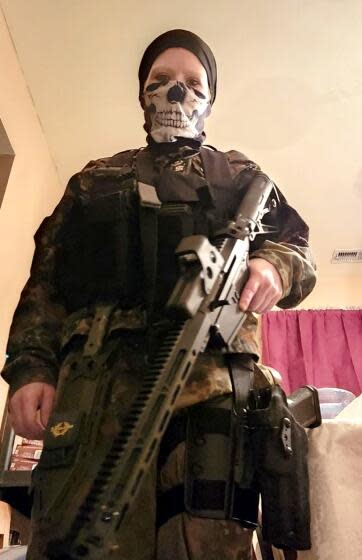
She wanted a rifle. He needed a soldier for his plan to overthrow the government.
Sarah Beth Clendaniel was a radical looking for a target when, authorities say, she plotted with Brandon Russell — a white supremacist who belongs to an organization known as Atomwaffen Division — to destroy the power grid around Baltimore. Clendaniel dressed in camouflage fatigues. Russell went by the alias "Raccoon" and, according to federal agents, kept a framed picture of Oklahoma City bomber Timothy McVeigh on his dresser.
They communicated through encrypted messages, but the mission was foiled by authorities. Clendaniel pleaded guilty in May to conspiring to damage or destroy electrical stations in Maryland. Russell, who was charged earlier with possessing explosives, is awaiting trial. The case did not attract much attention outside Baltimore, but it was another reminder of the danger of terrorism in an unsettled nation.
The U.S. is facing security threats in a presidential election year coming from Islamic militants, far-right extremists, leftist radicals and an array of zealots disgruntled over the nation’s culture wars and our polarized society. Officials are increasingly worried about the deepening strands of left- and right-wing venom rooted in antiestablishment anger and amplified by social media that are testing the government’s ability to track militants like Clendaniel and Russell.
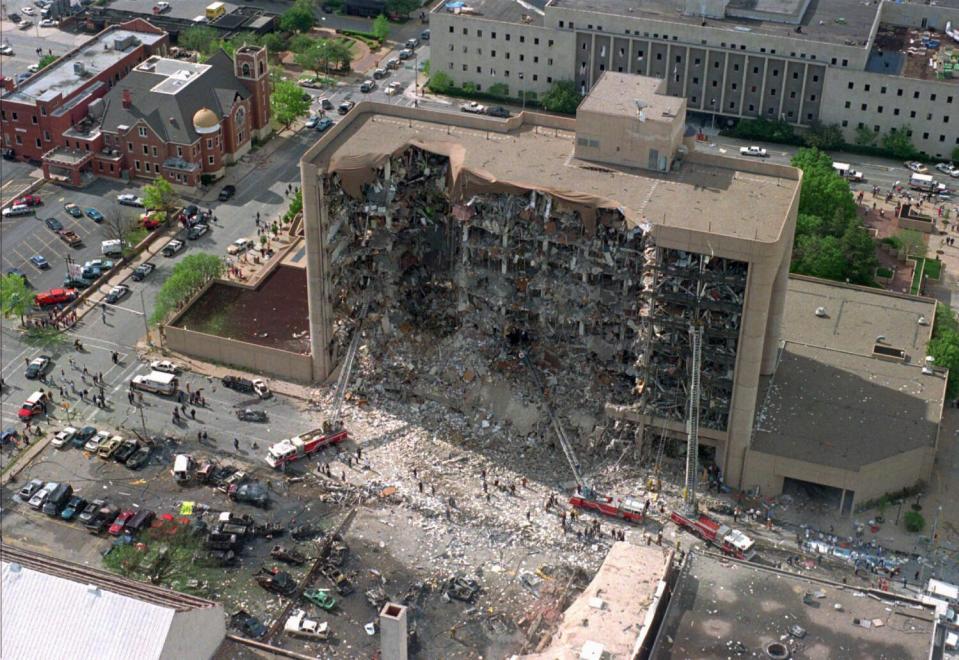
“The threat’s not more potent than it was around 9/11, but it’s certainly more diverse and difficult to counter,” said Colin P. Clarke, the director of research at the Soufan Group, an intelligence and security consulting firm in New York City. “We’re dealing with a more aggressive far-right, left-wing and what we call ‘salad bar people,’ who take a little bit of each ideology and thread them together. Incels. Q-Anon. The range of actors at play now is a lot broader than what we’re used to.”
The race between President Biden and Donald Trump underscores the prospects for unrest and violence. GOP senators have asked the Secret Service to keep demonstrators farther from the Republican National Convention at Fiserv Forum in Milwaukee. Protesters are also expected to arrive en masse at the Democratic National Convention in Chicago, where in 1968, during an era of intense upheaval around the Vietnam War that some suggest parallels today’s political tremors, police beat and tear-gassed hundreds of marchers.
On a visit to Chicago this month, Secret Service Director Kimberly Cheatle met with nearly 100 agents who will be protecting both conventions. She told CNN she was concerned about a number of threats, including "the lone gunman."
"You’ve got folks that are radicalized. You’ve got demonstrations that may pop up. And obviously, we hope they remain peaceful here, but they could turn violent,” she said.
Read more: Editorial: White supremacist extremists are the nation’s deadliest terror threat
Most of the violence and "other threat indicators [are] from groups that lean more conservative,” said Amy Cooter, a terrorism expert with the Middlebury Institute of International Studies at Monterey. What’s notable, she added, was that the extremist narratives, particularly accelerationist ones — like those espoused by Clendaniel that use violence to speed up social collapse — can appeal to radicals across the political spectrum.
“There’s potential for people who have very different underlying political beliefs,” said Cooter, “to join forces on issues they have common ground on.”
National militant organizations complicit in the Jan 6. riots, including the Proud Boys, remain a danger, Cooter said, despite arrests of its leaders and loss of a centralized online home since Facebook blocked extremist groups. Before the 2020 election, Trump told the Proud Boys to "stand back and stand by." Reuters reported that after Trump was found guilty in May of falsifying business records, a Proud Boys chapter in Ohio promised "war" in a statement that read: “Fighting solves everything.”
Trump’s increasingly militant campaign speeches against immigrants and conspiracies about the "deep state" also resonate with other groups in the so-called patriot movement. The former president suggested in veiled language that his followers might rise up if he were sent to prison: “I’m not sure the public would stand for it,” he told Fox News. "You know, at a certain point, there’s a breaking point.”
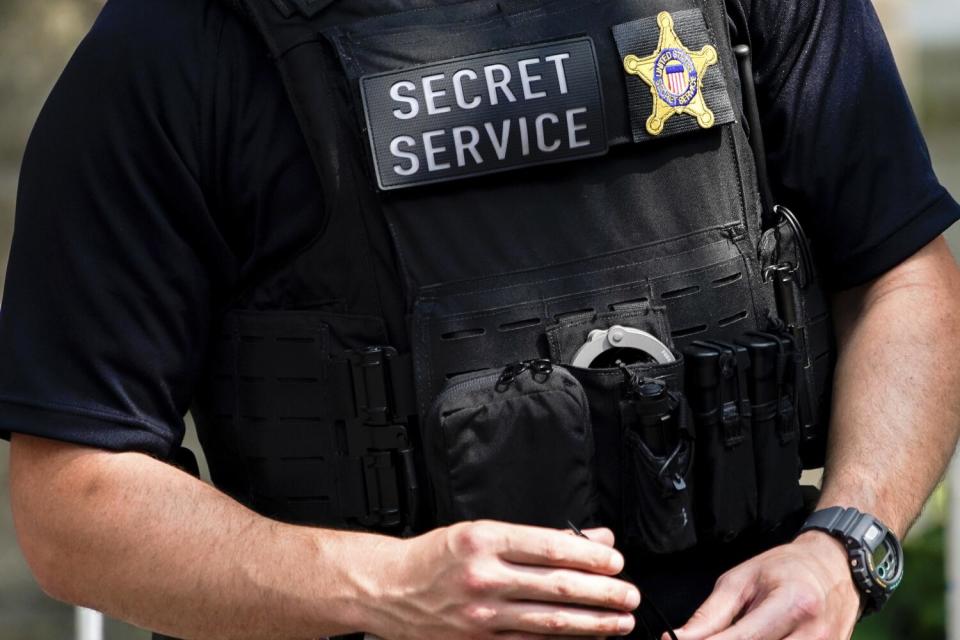
“Not all militia members like Trump. Some think he’s too brash, too old,” said Cooter, who spent years interviewing and investigating militia groups in Michigan. “But they are very responsive to his rhetoric because he appeals to their worries about immigration or about changing culture in other ways. Even if they’re not going to vote for him, their urgency around these issues gets stirred up.”
Today’s turmoil has yet to reach the magnitude of the late 1960s or the 1970s, when far-left domestic terror groups like the Weather Underground and Symbionese Liberation Army orchestrated scores of bombings. Many of the threats these days come from varied agendas, including Payton Gendron, who wrote a 180-page racist screed before killing 10 Black people at a supermarket in Buffalo, N.Y., in 2022, and James Hodgkinson, a left-wing radical who in 2017 shot and wounded at least four people at a softball practice for Republican congressmen in Alexandria, Va.
In April, Kyran Caples, who police say was radicalized while at Fresno State and joined an obscure antigovernment group known as the Moorish sovereign citizens, shot and critically wounded two police officers in Florida. Caples was killed by police. In the plot to destroy the Baltimore power grid, the Justice Department quoted Clendaniel, once photographed heavily armed and wearing camouflage fatigues, a headscarf and a skull mask, as saying an attack “would probably permanently completely lay this city to waste.”
Read more: Buffalo shooting that killed 10 investigated as ‘racially motivated violent extremism’
The country has been shaken by anger and unrest in recent years around the COVID-19 pandemic, mass shootings, George Floyd protests, an insurrection at the Capitol and pro-Palestinian rallies on college campuses. Those domestic ruptures have coincided with a rejuvenated branch of ISIS that is recruiting militants beyond its base in Afghanistan and this year carried out attacks in Russia and Iran that killed at least 220 people.
FBI Director Christopher A. Wray recently told cadets at the U.S. Military Academy at West Point that his agency was concerned about “a rogues' gallery” of foreign organizations calling for violence against Americans. But he suggested that the more pressing danger comes from individuals and small groups in the U.S. who “draw twisted inspiration from the events in the Middle East to carry out attacks here at home.” The agency, he said, has been “running down thousands of reported threats.”
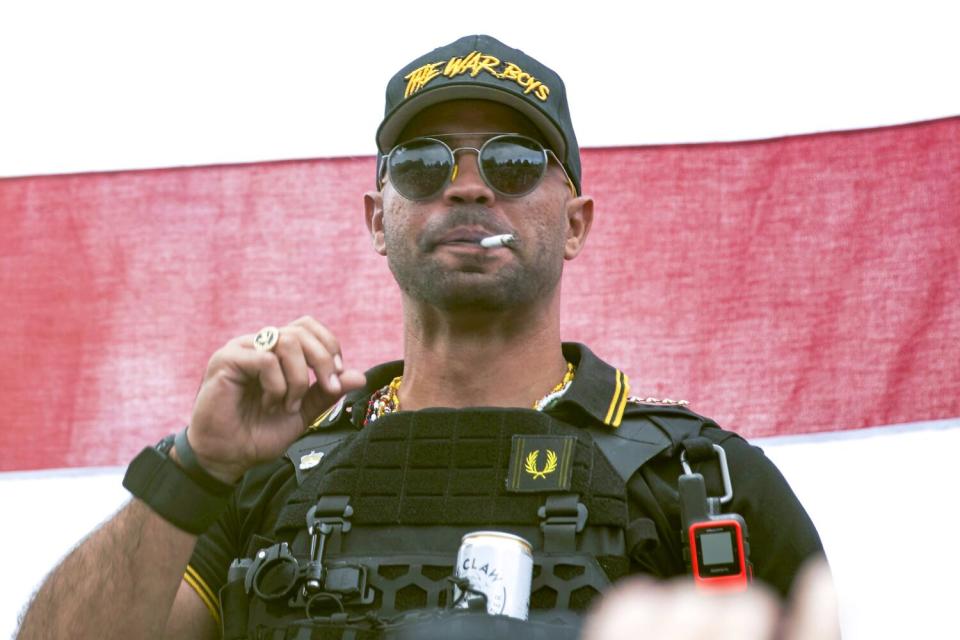
He added that tensions around the Israel-Hamas war “will feed a pipeline of radicalization and mobilization for years to come.” In April, Wray, describing what he called a heightened threat environment, told the House Appropriations Committee that the agency's 2024 fiscal year budget was nearly $500 million below what it needed. "This could not come at a worse time," he said. "We need people.... Now is not the time to cut back."
That threat landscape — radiating through a wide prism of anger and ideologies — has shaped America’s discourse and sharpened its divisions. The battles playing out in Congress have run parallel to social and political fervor around antisemitism, Gaza, abortion, immigration and gun rights unfolding on college campuses, state houses, podcasts, rallies and talk shows.
Read more: U.S. is bracing for complex, fast-moving foreign threats to elections, FBI director warns
“The powerful emotions that have been unleashed aren’t fading,” said Bruce Hoffman, a terrorism expert and professor at Georgetown University. “Terrorism never occurs in a vacuum. It always leverages off of the divisions, contentiousness and controversies that are in the political arena and that will lead to a very small fringe to conclude that violence is the only way” to overthrow a corrupt system.
The radicalization of the young is rooted in the generation that came of age during the isolation of the pandemic and has since seen governments as either powerless or indifferent to climate change, wealth gaps and stopping wars in Ukraine and Gaza. “This seeds a bed of frustration and mistrust,” said Hoffman, co-author of "God, Guns, and Sedition: Far-Right Terrorism in America." “They’re looking to be entertained and stimulated rather than informed and confident that they’re getting accurate information. TikTok is feeding them what they want.”
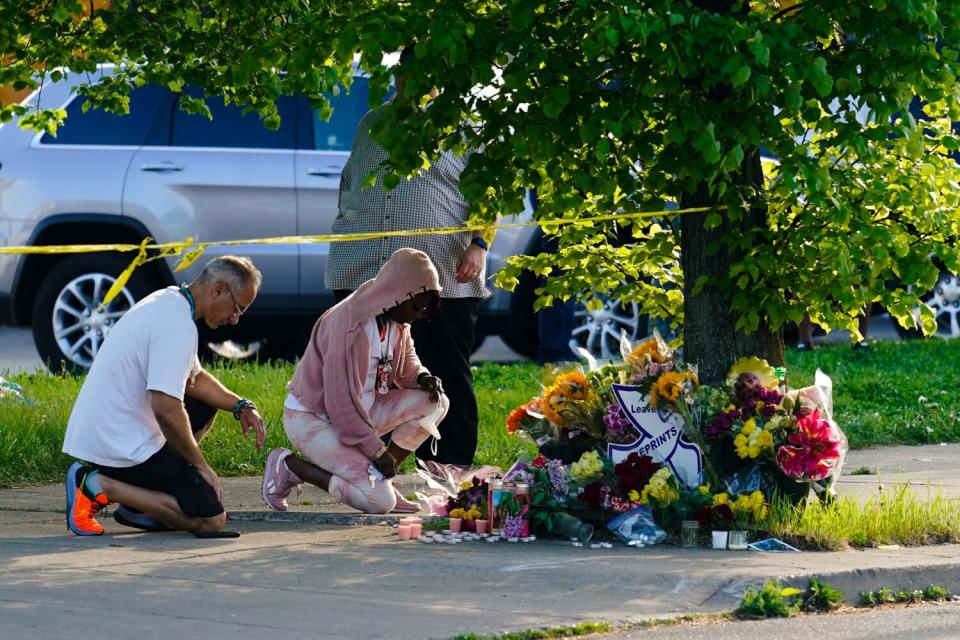
When he was testifying testified before the House Appropriations Committee, Wray outlined the threats the U.S. faces from terrorism, cartels trafficking fentanyl, and cyberattacks on business and infrastructure.
“As I look back over my career in law enforcement,” he said, “I would be hard-pressed to think of a time where so many threats to our public safety and national security were so elevated all at once.”
This story originally appeared in Los Angeles Times.


